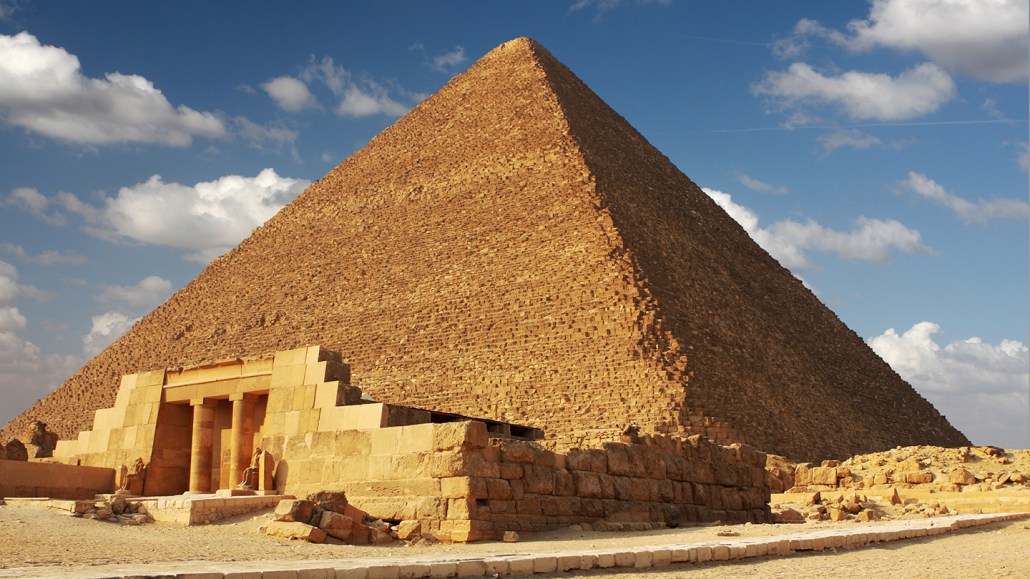Muons unveiled new details about a void in Egypt’s Great Pyramid
The corridor’s purpose is still unclear

Using subatomic particles called muons, scientists probed a hidden cavern in the Great Pyramid of Giza (shown).
sculpies/iStock/Getty Images Plus